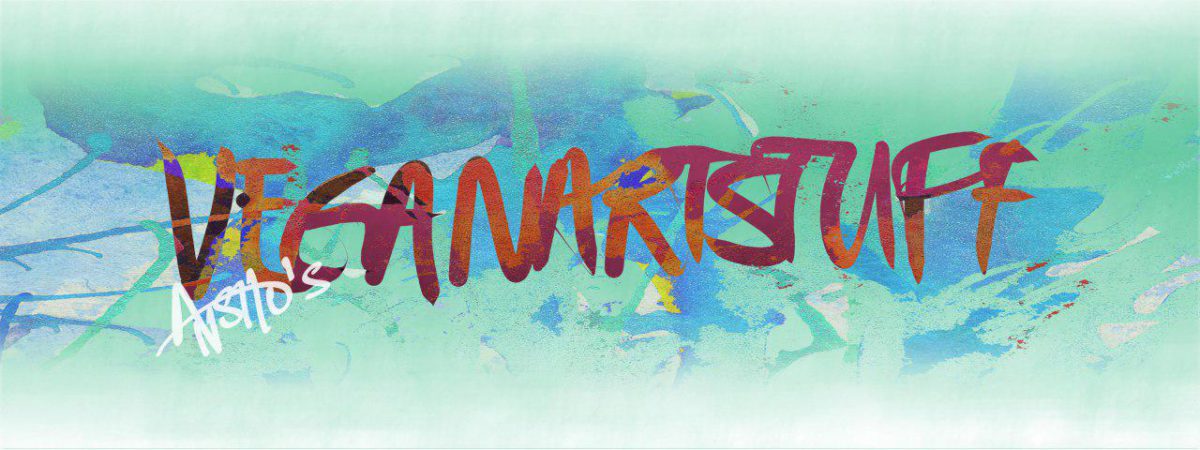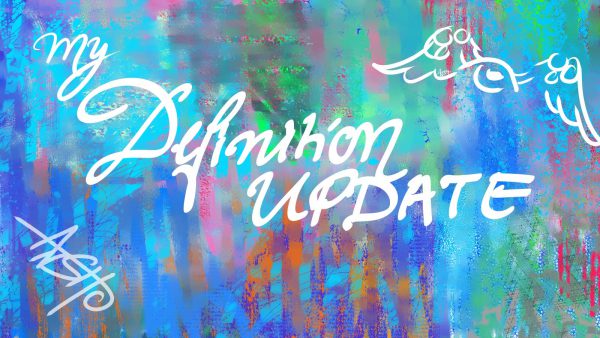I have updated my 2021 information sheet on the guidelines of cruelty-free and vegan-friendly (free of animal derivatives) art supplies.
Here it is:2022 Guidelines: cruelty-free and vegan-friendly art supplies, which I will be sending out to companies as of August 2022; (and for comparison, my 2021 version here.)
My 2022 guidelines for cruelty-free and vegan-friendly art supplies:
‘vegan-friendly’ products / products free of animal derivatives:
• the product does not contain any kind of ingredients of an animal
based source; no animal derivatives, – byproducts or raw materials
• no animal derived material is used during the manufacturing process;
examples of animal derived material used in production:
– animal derived fats and oils in surfactants for the dispersion of pigments
– fats and oils of an animal source used to shape the tip on brushes
• all integral parts of the finished product are free of animal derivatives;
examples:
– not just the ink in a pen, but the nib/ tip and the body of the pen
– not only the lead of a pen, but the wooden body/ casing as well as the treatment /lacquer/ varnish on the wooden casing
– the laquer or foil on a wood-free pencil
– the tube, jar or pan that contains the paints
– not only the paper of a paper pad or sketchbook, but also back and cover
– adhesive/ glue used to bind paper pads and books; glue used in brushes
– canvas sizing
– dye used to colour the bristles of brushes
being a cruelty-free company
concerning animal testing:
• the company does not test on animals nor commissions any other parties to do so
• raw- material suppliers do not test on animals nor commission other parties to do so
• no material data collected through animal testing*, done or commissioned by other parties such as parent- / sister – and affiliate
companies, other partners or raw material suppliers, is used for the
MSDS (material safety data sheets)
• no MSDS (material safety data sheets) provided by other parties, including raw material suppliers – for which material information was
obtained through animal testing*- are used
• no animal testing done/commissioned abroad in order for products to be sold abroad; this applies to the company and company’s
distributors.
* animal testing in recent time; not data collected through animal testing of
the past; meaning over thirty years ago
concerning the use of mica :
• if mica is used by the company, it is either of synthetic origin or was
ethically sourced, meaning no child labour and no inhumane working conditions
Note: a company that sells goods, for which animals are kept in inhumane living conditions and are solely bred for being harvested /slaughter**, can only be
classified as- if they are so – being free of animal testing, concerning products
and raw materials not being tested on animals.
** examples: leather/fur goods or brushes
everything of animal origin /
everything that is part of the animal and its anatomy,
everything what the animal produces,
is not considered ‘vegan-friendly’ / free of animal derivatives
definition of the term “animal”:
• all vertebrates:
› fish
› amphibians
› reptiles
› birds
› mammals
• all invertebrates:
e.g. insects, spiders, mollusc
(e.g. snail, sepia, mussel),
corals, sponges, crustaceans
examples of animal derived material:
• beeswax, honey
• charred bones, bone ash, bone flour, pigment PBk9
• bone charcoal
• casein / milk derivatives
• gelatin
• squalene
• sepia
• silk
• tallow
• animal derived oils/ fats/ wax
• lanolin / wool fat
• ox gall/ox bile
• cochineal
• leather / skin of animals
• rabbit skin (as in rabbit skin glue)
• animal fur, hair ***
• animal teeth
• feathers
• shellac
• sponge
• pearl
• mother of pearl
• rennet • egg
• anything derived from the animal anatomy, e.g. organs or body parts
***natural hair and bristles examples : sable, marten, ermine, weasel, polecat, squirrel,
mongoose, wolf, badger, goat, horse, bear, pig, wild boar, ox, cattle
The German version of the 2022 guidelines will follow in the next days;

 Here is an update of my definition for cruelty-free companies and vegan-friendly art supplies:
Here is an update of my definition for cruelty-free companies and vegan-friendly art supplies: